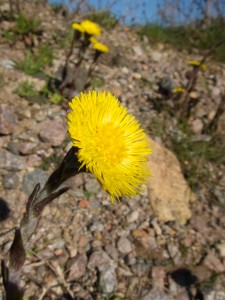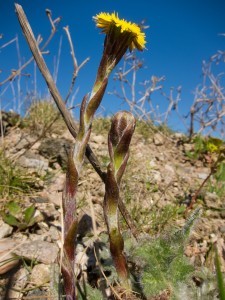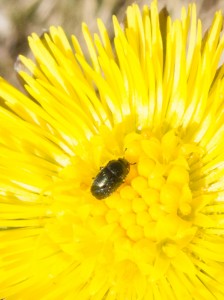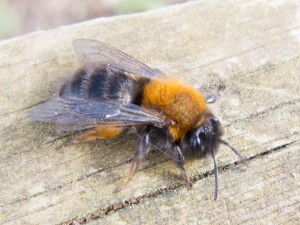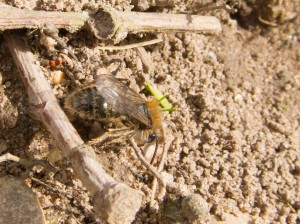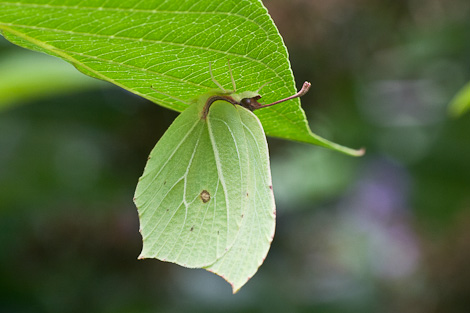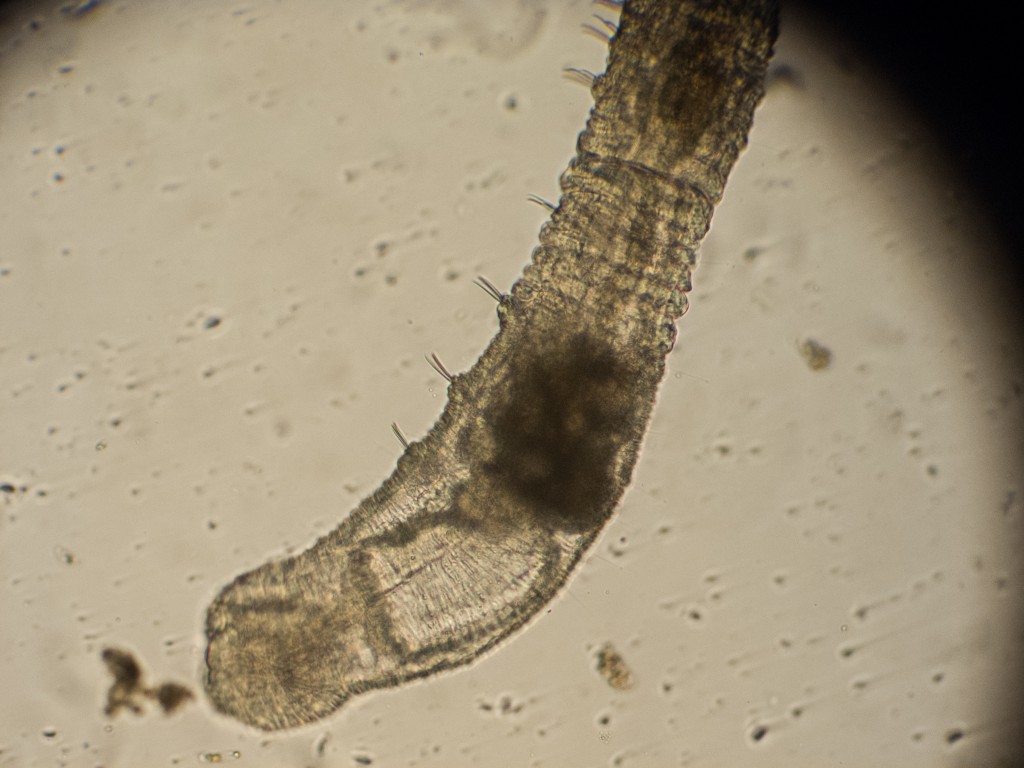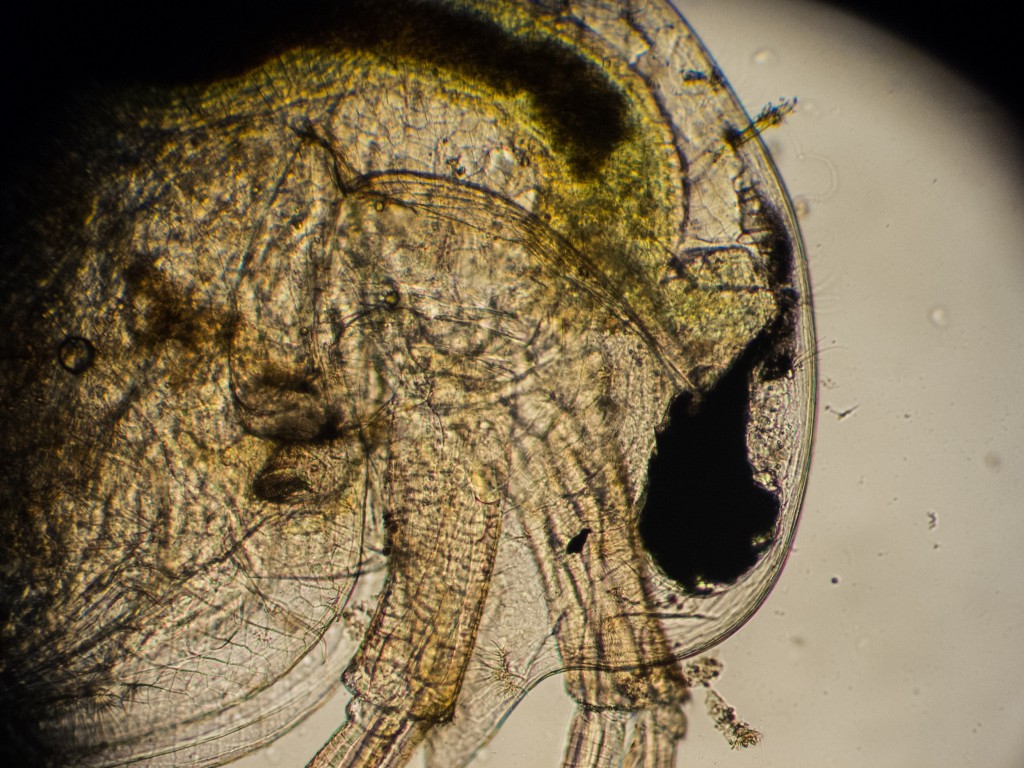I’ve seen a few posts recently talking about how to convince the general public change that climate change is real and it will have a devastating effect if we don’t do something about it now. Not soon, not in the near future, but now (although it is too late to stop any changes at all, but the sooner we do something the better the outcome.)
One of these posts was quite pragmatic. The basis was that as 97% of peer-reviewed papers published by climate scientists agree that it is happening and it is aggravated by man made emissions, then we should accept it as fact and, rather than talking about how to convince the general public about climate change the press should start talking about how we are going to limit the effects. I applaud this sentiment, and look forward to this change in the general media, although I won’t hold my breath.
However, much of the press / social media is still asking the question ‘How do we convince people that they need to act now to stop the worst effects of climate change?’ They tend to liken the problem to the requirement to get people to stop smoking and use this as a ray of light showing that true enlightenment can be ours and mankind will be saved. Sorry, I think that you are wrong and living in false hope if this is your example of a major shift in behaviour change – but I think it is a good example of why we (i.e. society at large) are not likely to do anything dramatic about carbon / resource use anytime soon.
Firstly, there are still an awful lot of people out there smoking and it is not because they don’t have the information to tell them that smoking is bad for them and is a major cause of many diseases that are likely to kill them. It is because they don’t want to give up. They will come up with all sorts of reasons why they shouldn’t give up. These reasons include ‘I’m stressed / depressed, giving up will make it much worse’ (sorry, I think there is a lot of published information saying the opposite is true), ‘I’ve cut down a lot already’, ‘I’ve been smoking for so long it is too late to do anything now, I’ve probably already got any disease that I’m likely to get’ (also wrong). I’ve even heard of pregnant ladies who say they’ve been told by their doctor that giving up would be worse for the baby than carrying on smoking through their pregnancy – really, I’m not a doctor, but I find that hard to believe.
Anyway, to cut a long rant short, the gist of it is that they don’t want to give up because they believe bad things happen to other people and it would involve them making a change to their lifestyle. Now do you see the parallels with climate change? Bad things (climate change) happen to other people (we won’t talk about how hot it was last summer, or how wet this winter was) and in order to do something people would have to change their habits and that’s hard. (Actually it isn’t that hard.) Besides, we all know that China is spitting out coal fired power stations faster than we can smoke a cigarette so what difference will turning off a light, or not taking a holiday somewhere that involves getting on a plane make? We can come up with excuse after excuse should we bother to ever think about climate change (which most people never do) – as Machiavelli once said ‘ for every deceiver there is someone willing to be deceived’ – and sometimes they are both the same person.
As with seat belts in the 1980s, the last time a major change in smoking habits came about was when the law in the UK about smoking in public came into effect. Therefore, the only way to do something about climate change is to enshrine it in law. Whilst we are a long way off that, I agree that it is time to stop debating how many people are convinced about climate change and whether it goes up or down with changes in the economy, weather (insert current news event here) and lets just get on with making a difference anyway.
